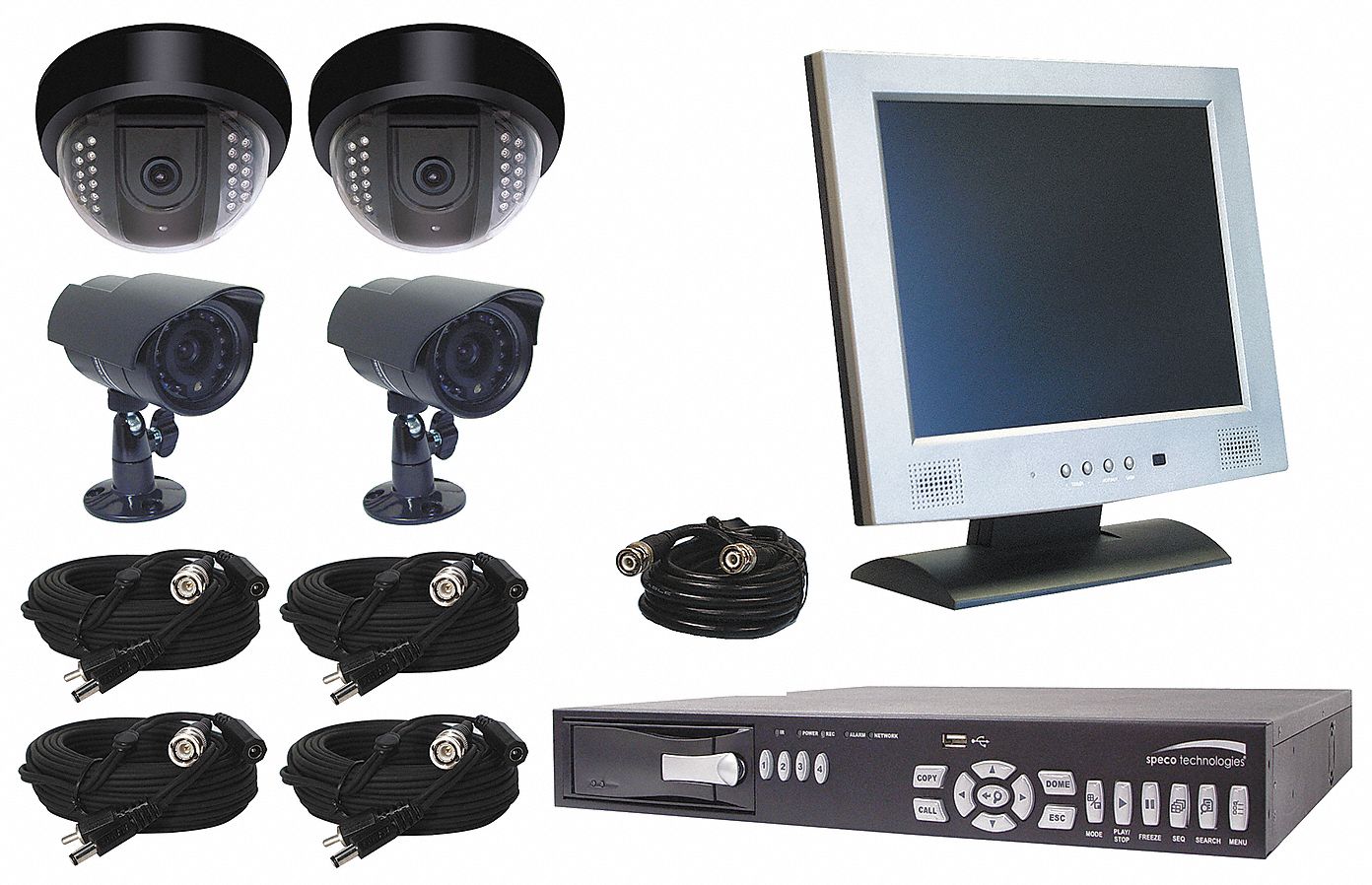

Active Shooter Preparedness: Planning for the Worst at Work
By Grainger Editorial Staff 4/1/20
Active shooter incidents in the workplace are a nightmare that no organization wants to experience. While the overall number of workplace shootings is declining, the U.S. Bureau of Labor Statistics cites hundreds of workplace shootings each year at businesses across the country. These active shooter incidents can develop with or without warning signs and your organization needs to be prepared.
Planning for active shooter incidents in the workplace combines long-term steps to help reduce stress and intervene in potential crises and immediate action to maximize employee and business safety during an active shooting. Your organization can prepare for the worst by recognizing early warning signs, offering employee assistance programs and taking appropriate action with difficult employees. While not all active shooter incidents are preventable, the steps you take both before and during an incident can help reduce harm and save lives.
Know the Signs of Potential Violence
A major part of your active shooting plan is to know the signs of potential violence. The U.S. Department of Labor created a three-step system for identifying potential workplace violence. Each “level” of the scale includes warning signs of an employee that might potentially become violent.
Level One contains the “early warning signs,” which include rude, inconsiderate, uncooperative employee behavior or bullying. The recommended approach is to document and report the behavior to supervisors and have a one on one meeting with the employee to discuss the behavior and identify steps to change it. While these situations may not immediately lead to an active shooting, they can indicate personal or professional problems that may eventually cause a crisis.
Level Two signs include actions that escalate situations to near violence. In this stage, employees argue openly with coworkers and customers, sabotage equipment or make threatening statements. Once employees reach this stage, the situation must be considered extremely serious. Recommendations include calling 911 if warranted, securing the facility and having another conversation with the employee to determine why they are acting violently and see if the situation can be de-escalated. Medical evaluations may also be considered.
Level Three is the most serious stage, usually requiring an emergency response. Workers in level three make physical threats, openly discuss workplace violence or suicide and may have already gotten into fights or arguments with coworkers. At this stage, the goal of the organization should be to ensure employee safety and immediately involve law enforcement.
Provide Support
According to the U.S. Department of Labor, employees should be encouraged to identify and report potentially violent employees or situations. Workers constantly interact with each other and are more likely to know the personal lives and stresses of their peers. These workers can also know when behavior changes, a potential red flag for possible escalation. Providing your employees a private or anonymous way to report their concerns can allow for early intervention that may help prevent an active shooting. How your organization chooses to intervene depends on company policy, and should be documented in your plans.
Mitigating potential violence ahead of an incident can also involve support programs that offer employees easy access to counseling during a crisis. Assistance programs often cover professional and personal issues and may include in-person or phone support. Because employees can get the help they might need earlier, future violence may be prevented, according to Occupational Health and Safety.
Evacuation plans are also a major component of your response, and employees should be well-rehearsed in where to go should an active shooting occur. The evacuation plans should be local to the particular building or area so that employees in any part of the organization can take the right evacuation steps for their location. Employees should have easy access to the plan in their areas and practice evacuation routes at least annually. According to the U.S, Department of Labor, employees should be prepared to calmly evacuate the facility, leave behind any work or personal items and gather in a predetermined area in the event of a workplace shooting. You may also consider workplace active shooter training that simulates an event and helps employees practice the right reactions.
Take Immediate Action
In the worst-case scenario, an employee shows up to work and, without warning, an active shooter situation begins. Now, your organization has to act, taking immediate steps to help ensure employee safety, prevent further violence and secure the scene. Emergency action plan templates provided by the Department of Homeland Security can help your organization assemble a team of stakeholders to begin the development of your workplace active shooter plan, discover the risk factors that can lead to workplace violence and document the specific actions that your organization will take before, during and after a shooting. The active shooter plan will be unique to your organization and should fit into your overall emergency response plan.
According to the U.S. Department of Labor, contacting law enforcement the moment any act of violence is seen or anticipated can help stop an escalated situation. Depending on your organization, you may also need to contact agencies such as the FBI or Homeland Security.
Once law enforcement has been notified and evacuated the facility, all further steps should focus on containment. To prevent any additional harm to employees, secure other parts of the facility and prevent access by anyone other than emergency responders. During large-scale incidents, it is common for employees to leave the area, making accountability and safety difficult. The evacuation plan should task supervisors or managers with keeping tabs on their employees after an incident to track those who have evacuated successfully.
Knowing the signs and keeping your organization safe before and during an active shooting requires long-term and emergency planning. By creating a plan to react quickly to an active shooting, you can help employees and visitors stay safe.
The information contained in this article is intended for general information purposes only and is based on information available as of the initial date of publication. No representation is made that the information or references are complete or remain current. This article is not a substitute for review of current applicable government regulations, industry standards, or other standards specific to your business and/or activities and should not be construed as legal advice or opinion. Readers with specific questions should refer to the applicable standards or consult with an attorney.











